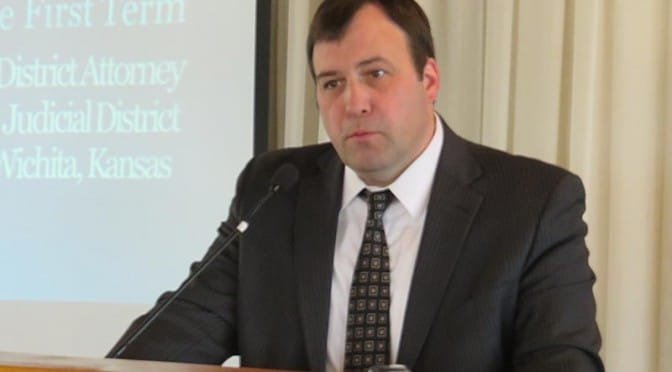The unfortunate news of the cancellation of a new aircraft program can be a learning opportunity for Wichita.
As Wichita seeks to grow its economy, the loss of a new aircraft program at one of the city’s major employers is unwelcome news. Now it is important that our leaders and officials seek to learn lessons from this loss. But first, we must acknowledge the loss. Wichita economic development officials are quick to trumpet successes, but so far there is no mention of this loss from the city or its economic development agencies.
The project received state, local and federal incentives. Lots of incentives. These incentives took the form of cash grants, forgiveness of taxes that would otherwise be due, and the ability to reroute its employee withholding taxes for the company’s exclusive benefit. So one lesson is that when local officials complain of the lack of money available for incentives, they are not being truthful.
A second lesson is the limited ability of incentives to overcome obstacles. In this case, the company said the incentives were necessary to make the project economically feasible. Incentives were awarded, but the project failed.
There are some important public policy issues that should be discussed:
Did the incentives induce Bombardier to take risks that it would not have taken had it been investing its own funds, or funds it had to raise from stockholders and debtholders?
Will the politicians that took credit for landing the Model 85 and its jobs now recognize the futility of their efforts?
Will the government agencies that took credit for creating jobs adjust their records?
Incentives like these are often justified using a benefit-cost ratio. This incident reminds us that these calculations are valid only if the investment works as planned. Will local governments recalculate the benefit-cost ratios based on the new information we now have?
Perhaps most important: Who has to pay the costs of these incentives? Part of the cost of this company’s investment, along with the accompanying risk, is spread to a class of business firms that can’t afford additional cost and risk. These are young startup firms, the entrepreneurial firms that we need to nurture in order to have real and sustainable economic growth and jobs. This action — the award of incentives to an established company — is harmful to the Wichita economy for its strangling effect on entrepreneurship and young companies. As this company and others receive incentives and escape paying taxes, others have to pay.
There’s plenty of evidence that entrepreneurship, in particular young business firms, are the key to economic growth. But Wichita’s economic development policies, as evidenced by this action, are definitely stacked against the entrepreneur. As Wichita props up its established industries, it makes it more difficult for young firms to thrive. Wichita relies on targeted investment in our future. Our elected officials and bureaucrats believe they have the ability to select which companies are worthy of public investment, and which are not. But as we see in the unfortunate news from Bombardier, this is not the case. (See Kansas economic growth policy should embrace dynamism and How to grow the Kansas economy.)

 From the
From the 



 The
The  But there is a bit of good news. Paragraph 10 of the agreement calls for a separate accounting fund to be created for the money the taxpayers of Sedgwick County will give to GWP. Then: “GWP agrees and understands that, by entering into this funding Agreement, any and all of its records, documents, and other information related to the Fund and the activities financed thereby shall be open and made available to the public upon request, in accordance with the Kansas Open Records Act.”
But there is a bit of good news. Paragraph 10 of the agreement calls for a separate accounting fund to be created for the money the taxpayers of Sedgwick County will give to GWP. Then: “GWP agrees and understands that, by entering into this funding Agreement, any and all of its records, documents, and other information related to the Fund and the activities financed thereby shall be open and made available to the public upon request, in accordance with the Kansas Open Records Act.”